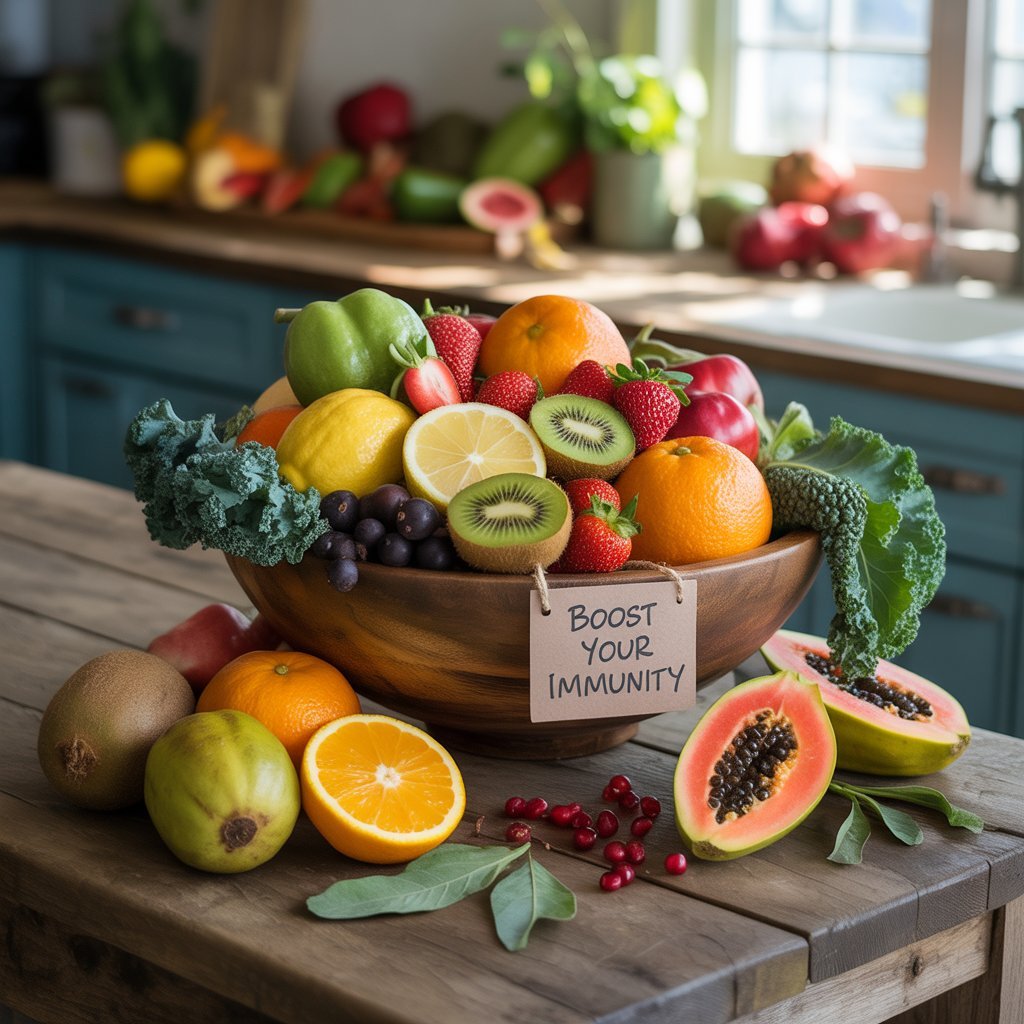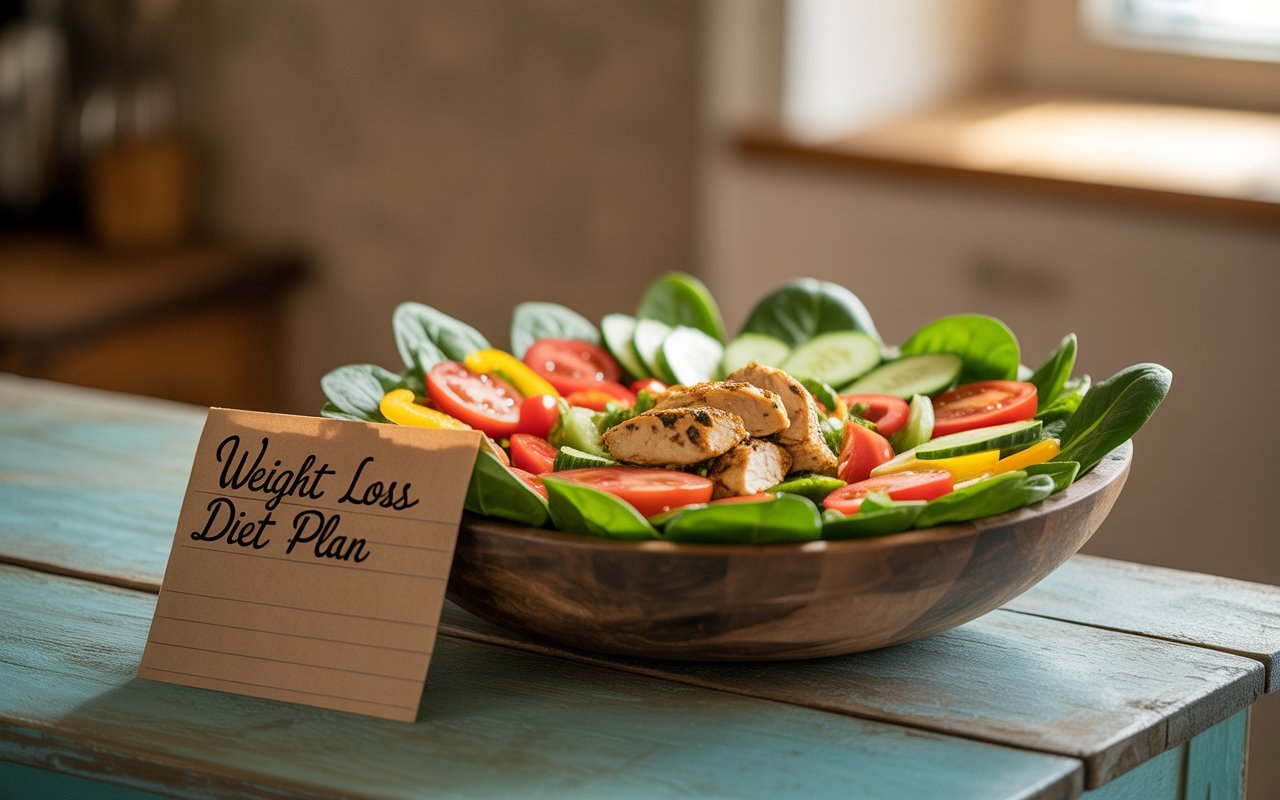Key Takeaways
- Aim for 30–45 g carbs per meal and 15–30 g per snack, paired with protein and healthy fats to stabilize blood sugar and support pregnancy needs
- Follow the Plate Method: ½ non-starchy vegetables, ¼ lean protein, ¼ whole grains or starchy carbs at meals
- Include 3 meals + 2–3 snacks daily at consistent times; never skip meals
- Visuals help: meal‑color-coded plate layouts, daily meal boards, portion guides.
- Recipes provided for breakfast, lunch, dinner, and snacks: balanced, low-GI, flavorful, and flexible.
Introduction
Gestational diabetes can be overwhelming—but nourishing, satisfying meals don’t have to be. Lots of sites offer recipe lists—but few tie those recipes into practical meal plans, portion control, and visual tools tailored for busy pregnant individuals. This guide creates a unified plan: GDM‑balanced recipes, daily templates, snack strategy, plate illustrations, and AI‑prompted visuals to help you plan, prep, and thrive.
1. Gestational Diabetes Basics & Meal Strategy
Carbohydrate Targets & Pairing
For stable glucose: target 30–45 g carbs per meal, 15–30 g per snack. Always combine them with lean protein and healthy fats, which slow digestion and prevent spikes EatingWell.
Plate Method Explained
Use a simple visual approach per meal:
- ½ plate non‑starchy vegetables,
- ¼ lean protein,
- ¼ whole grains or starchy vegetables.
Add healthy fats like avocado, olive oil, or nuts in moderation EatingWell.
Meal Timing & Frequency
Eat 3 balanced meals + 2–3 snacks daily, spaced evenly (about every 3–4 hours). Consistency supports blood sugar control; skipping meals can lead to drops or rebound spikes
2. Breakfast Recipes (with visuals)
[IMAGE PROMPT: Overhead shot of a pregnancy-safe breakfast plate divided into non-starchy veggies, whole grain oatmeal, Greek yogurt with berries and a sprinkle of nuts, clean bright background.]
- Greek Yogurt Parfait: Layer plain Greek yogurt (protein), berries (low-GI), and a small portion of low-sugar granola or nuts (~30 g carbs).
- Veggie Omelet & Whole Grain Toast: Egg omelet with spinach, tomato, mushroom + whole wheat toast (~35–40 g carbs).
- Overnight Oats with Berries & Chia: Rolled oats (~¼ cup dry), milk/yogurt, chia seeds, berries (~35 g carbs).
- Avocado‑Egg on Toast: Mashed avocado + hard‑cooked egg on whole-grain toast (~15 g carbs).
3. Lunch & Dinner Recipes
Lunch
- Taco Salad Bowl: Romaine, lean ground turkey or beans, brown rice (¼ cup cooked), veggies, salsa, a drizzle of olive oil (~35 g carbs) RedditNourish.
- Quinoa‑Chickpea Salad: Mixed greens, cooled quinoa (~¼ cup), chickpeas, chopped veggies, grilled chicken or tofu, lemon‑olive oil dressing (~40 g carbs).
- Lettuce Wrap “Sandwich”: Lean protein wrapped in lettuce leaves, side of crisp veggies or 2 whole-grain crackers (~30 g carbs).
Dinner
- Salmon & Farro Bowl: Baked salmon, roasted cauliflower, ¼ cup cooked farro, olive oil and herb drizzle (~35 g carbs) EatingWell.
- Stuffed Bell Peppers: Bell peppers filled with lean ground turkey or beans, brown rice, tomato, herbs (~40 g carbs) Nourish.
- Hearty Vegetable Lentil Soup + Side Salad: Lentil‑based broth with spinach, carrots; side mixed salad dressed in olive oil (~30 g carbs).
[IMAGE PROMPT: Side-by-side comparison of two different dinner bowls: one with salmon, farro and greens; the other with a stuffed pepper cut open to reveal filling, photographed on wooden table.]
4. Snack Ideas
- Greek Yogurt with Chia & Berries (~1/2 cup yogurt + 10 g chia + small berry handful).
- Apple Slices + Peanut or Seed Butter (slice + 1 tbsp peanut butter).
- Hard-Boiled Egg + Veggie Sticks: Two eggs plus carrot/cucumber sticks.
- Hummus & Veggie Dip with Whole Grain Crackers (~1 oz crackers + 2 tbsp hummus).
5. Meal Planning Templates & Visual Tools
Daily Plate Guide
[IMAGE PROMPT: Illustrated plate diagram showing half vegetables, quarter lean protein, quarter whole grain/starch, plus small icon indicating healthy fat portion in corner.]
3‑Day Meal Schedule Example
| Day | Breakfast | Lunch | Dinner | Snacks |
|---|---|---|---|---|
| 1 | Veggie omelet + whole grain toast | Taco salad with brown rice | Salmon & farro bowl | Greek yogurt; apple+PB |
| 2 | Overnight oats with chia & berries | Quinoa-chickpea salad w/ chicken/tofu | Stuffed bell pepper | Hummus+veggies; hard egg |
| 3 | Greek yogurt parfait with nuts & berries | Lettuce wrap w/ turkey and crackers | Lentil-veggie soup + salad | Apple+seed butter; yogurt |
Weekly Rotation Tips
Rotate recipes to avoid monotony; offer one familiar staple with one new recipe per day. Adjust carbohydrate portions if monitoring post-meal glucose response.
6. Allergy, Texture & Substitution Tips
- If allergic to nuts, swap peanut butter for seed butter or sunflower seeds.
- Texture-sensitive pregnancy: Chop ingredients finely; use mashed avocado instead of chunks.
- Fish aversion: Replace salmon with baked chicken or tofu in bowls.
- Low‑sodium swaps: Use herbs/spices instead of salt; check labels.
7. Monitoring & Safety Advice
- Keep a food‑glucose log: record meals and 1‑hour post‑meal readings. Adjust portion sizes if blood sugar rises above target.
- Practice food safety: Cook eggs thoroughly, refrigerate leftovers within 24 hours, avoid unpasteurized dairy and high‑mercury fish.
- Consult your healthcare provider or dietitian before making meal changes, especially if on medication or insulin.
Conclusion
This guide is your comprehensive toolkit for gestational diabetes meal planning: balanced recipes, meal structure, carb control, snack pairing, visual tools and substitution options. Use it to plan your weeks confidently and nourish both you and your baby safely.










